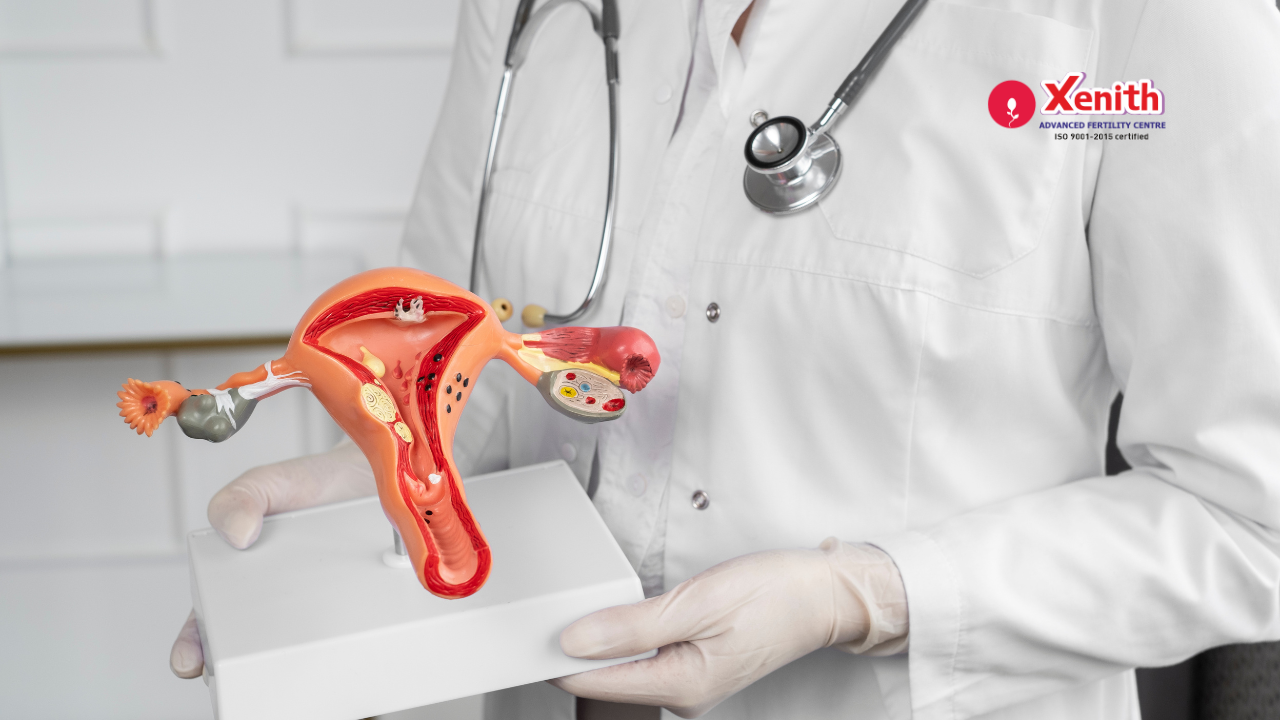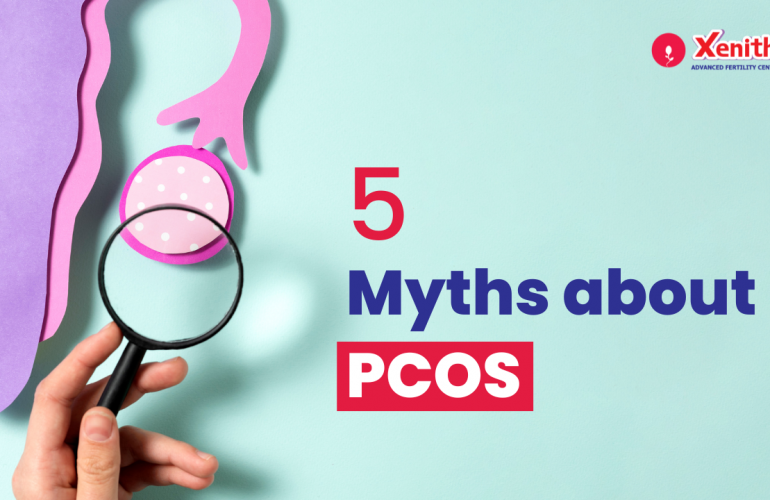Many fertility clinics do ovarian reserve tests to evaluate women who are dealing with infertility and prior to undergoing In Vitro fertilization (IVF). It can be used to estimate how fertile a woman is. The results of these tests can help the doctor find out if the number of eggs is normal for that age and also to determine how much medication should be given to stimulate the ovary to produce multiple eggs.
What is ovarian reserve?
Every woman is born with all of the eggs she will ever have in her whole life (around 1 to 2 million) which means this quantity will be constantly decreasing until menopause. By the time the woman reaches puberty, many follicles die off and this number goes down to around three to four hundred thousand. Of these, only about 300-400 will actually mature over a woman’s lifespan. Only at puberty, a certain part of the brain called the hypothalamus begins releasing certain hormones to stimulate some of the follicles to grow. Follicles in the ovary start off very small as primordial follicles which contain the oocytes and lay dormant and which are too small to be seen by ultrasound. Antral follicles are bigger follicles and measure between 2 and 10 mm and can be visible by ultrasound. At each menstrual cycle, a few of these immature eggs enclosed in the follicle will have the potential to respond to hormones, mature and then usually only one egg will be released (ovulation) each month while the rest disintegrate. As you age especially after 37 years, the number of follicles lost to attrition is accelerated and the quality of the eggs also decrease with age. The quality and quantity of these follicles in the ovary are called the ovarian reserve and establishes the woman’s potential to procreate. Other than age, various other factors can decrease fertility like undergoing cancer treatment, certain genetic disorders, going through premature menopause, ovarian surgery, endometriosis, polycystic ovary syndrome(PCOS), obesity, stress, and smoking amongst other things.
What are the various ovarian reserve tests?
- Anti Mullerian Hormone (AMH) levels-reflect the number of growing follicles that can potentially ovulate and is the preferred test for determining the ovarian reserve. AMH is made by the cells inside the growing follicles which contain the egg. It can be done by a simple inexpensive blood test. The level of AMH in a woman’s blood is stable throughout the menstrual cycle hence the blood sample can be taken at any time for testing. There are standard AMH levels for different age groups, and like your number of eggs, the AMH levels will also decline as you age. So very low AMH levels suggest decline in ovarian reserve. However a very high level is suggestive of polycystic ovary syndrome(PCOS) which is a hormonal disorder and can also affect fertility. That makes it a good indicator of fertility when considered along with the other tests. Having low AMH levels might explain why it might be more difficult to get pregnant, but pregnancy can still happen because it only takes one healthy egg to combine with a sperm to form an embryo and begin conception.
- Basal follicle stimulating hormone(FSH) levels- are determined by a simple blood test and it is a hormone released by the brain that stimulates a few follicles to develop and mature. Its often done between days 2 to 4 of the cycle because estradiol (type of hormone estrogen) levels are at its lowest and estradiol tends to suppress FSH levels. FSH can erroneously look normal if estradiol is too high. So FSH level test are often done together with estrogen tests. If the FSH levels are high, it means that the brain needs to send higher FSH levels to stimulate the ovaries which in turn could indicate lower ovarian reserve. However, there is no standard level that is accepted universally that is thought to be the cutoff value for a poor response. Ovarian aging begins several years before any FSH level elevation and it cannot thus predict this for some women. So one needs to look at the combined results from other tests too.
- E2 or estradiol test- should also be done between days 2 to 4 of the menstrual cycle by a blood test. As the follicles grow and mature, the hormone estradiol will be increasingly released from the ovaries so that there are not too many mature eggs. If the estradiol levels are very high, it may be an indicator of low ovarian reserve. Estradiol tests are done to see if FSH levels are accurate. If FSH levels are normal but estradiol levels are high it means that there could be a problem with the ovarian reserve or its suppressing FSH levels. Low estradiol levels could indicate problems due to PCOS, menopause, having eating disorders or doing excessive exercise which could all in turn affect fertility.
- Antral follicle count (AFC) – are measured by ultrasound where the probe is placed in the vagina and it to is done between days 2 to 4 of your cycle to count the number of antral follicles in both ovaries. Antral follicles are follicles that have been recruited for ovulation out of which only one egg is eventually released during ovulation. The number of antral follicles decreases with age and it can also be used to help predict how many eggs a woman will produce if she undergoes IVF. However, AFC only represents the number of follicles that can be seen in the ultrasound and not the smaller follicles that have yet to grow. So a low AFC is indicative of lower ovarian reserve.
Does BMI affect ovarian reserve
Body Mass Index (BMI) is a predictor of your body fat by dividing your weight in kg with your height squared (m2). A BMI of more than 25 is considered overweight while over 30 is considered obese. Even though it’s a useful tool, it cannot differentiate between fat and muscle. So a very fit individual might have a higher BMI. Thus, the doctor may also have to look at other parameters like measuring their girth or if they have more fat in their stomach region. There are conflicting results from studies looking at the relationship between obesity and ovarian reserve. One study found that AMH and FSH levels are significantly lower in obese than in non obese women. (3) Yet another study found no significant difference in AMH, E2 and FSH parameters between women with high BMI and waist circumference and those in the normal range. (4) However, it was also found that women with high BMI had higher chances of having irregular cycles or no periods at all. They also had decreased chances of pregnancy. Losing some weight through better nutrition and exercise can improve the chances of conception. Obesity may affect ovarian response, requiring a higher dose of clomiphene citrate or follicle-stimulating hormone (FSH) to trigger ovulation. Obesity in men can also lead to fertility issues as it can affect sperm function and count.As noted above, there is no single test in isolation that can give an completely accurate picture of ovarian reserve and fertility. Therefore, a combination of various tests are used by specialists to improve their assessment of what is going on. The specialists are Xenith Advanced Fertility Centre are very knowledgeable in this field and if you are struggling for answers, please come talk to them in order to move forward and improve your chances of pregnancy.



